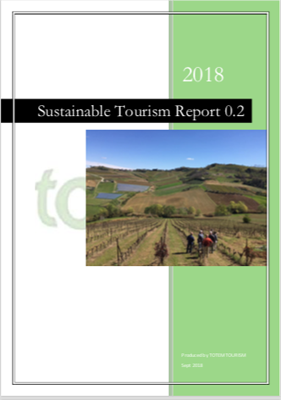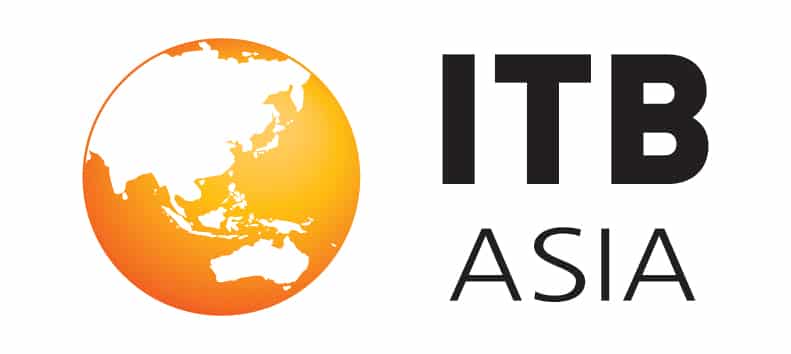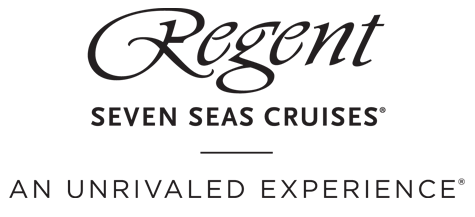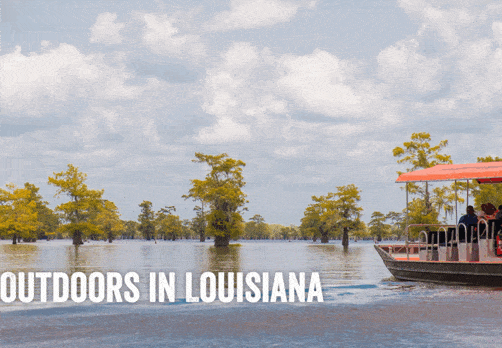The tourism industry is overheating says report

The future is more challenging than ever: climate change, other environmental problems, overcrowding, and social and security problems cloud the horizon.
There are too many tourists and too little benefits for tourism marketers and tourism destinations alike.
And now the future is more challenging than ever: climate change among other environmental problems, overcrowding, and social and security problems cloud the horizon. Every participant must be scratching their heads to see their opportunities and contributions for the future.
Sustainable Tourism 0.2 is designed to simply and clearly show the future of tourism and your role within it.
It includes special features:
- On the dynamic new entrant to the world’s tourism geography – the Silk Road;
- A value-added way to make tourism more enjoyable and sustainable – Food Tourism;
- The tourism destination of the future:
- Our current scourge – Overtourism;
- A major section on Climate Change and Tourism – the story.
- Plus an in-depth feature on a rapidly growing initiative that is already changing things – the Top100 Sustainable Destinations.
The UN World Tourism Organisation (UNWTO) asserts that in 2017 there were 1,322 million international tourist arrivals – an increase of 7% from 2016.
International tourism has increased by an astonishing 50-fold in 60 years – but what is driving this growth? Who is benefitting from this substantial increase? Where do these tourists come from and where do they go? And what are the environmental, social, cultural and economic costs, benefits and trade-offs of this massive co-ordinated activity?
Where the masses of tourists go is simple – they go to key iconic tourism destinations. The power of these brands draw tourists like magnets to pay their homage before they die. Venice, Florence, Paris, London and Agra to name a few, have powerful images of tourism sites that cause them to appear on numerous destination ‘Bucket Lists’. Just imagine the power of the Taj Mahal, Eiffel Tower or Rialto Bridge to entice and draw in the attention of crowds.
Travel has grown too – as it has the capacity to be cheap and has no inherent value, it is the ultimate consumable purchase.
And it is cheap because it is politically expedient for it to be so. If you want Airbus or Boeing to prosper and employ thousands, make sure that airlines fly tax free and get sweetheart loans. If you want plenty of low-grade gig employment, get tax breaks and cheap loans for hotel developments. If you want to improve your country’s PR, get numerous foreign tourists to be your ambassadors.
It is also cheap because source markets – places where tourists come from – are generally, although not always, wealthier countries with stronger currencies than those destinations in which tourists visit. But it is more usual for tourists to have greater disposable income than that of their hosts.
Tourism works for many governments, as well as for global development institutes like the World Bank, who utilise tourism as a development mechanism for income and activity creation in areas including North and East Africa, the Caribbean, Mexico, and even Bali.
Using large-scale development funding, ‘Sun, Sea, Sand and Sex’ destinations were primarily created in the 1960s and 1970s. Typical examples include coastal destinations in Kenya, Morocco, Mexico, Tunisia and Egypt.
So, who benefits from this dynamic, rapidly growing tourism industry scheduled to invest $12 trillion dollars and 287 million jobs into the global economy this year? Well, evidently the airlines and transportation companies benefit, the multitude of companies involved in tourism promotion and those within the wider tourism supply chain benefit, and the large hotel booking companies benefit; all these organisations of which are generally based in the source tourism markets. In the tourism destinations themselves, only those actively working within the sector, i.e. in hotels, travel agencies, restaurants and as tourist guides, are benefitting.
Tourism is therefore not beneficial for all. The advantages and opportunities that it creates are predominantly shared only amongst those who are engaged in the industry, and the places that receive its benefits are chosen and directed by companies in source markets ultimately guided and driven by tourists themselves.
Significantly, although the internet allows for vast numbers of destinations to be available, the places that tourists are attracted to are those that are either already renowned or those that are highly marketed and promoted. Vast numbers of beautiful destinations with the potential to attract a high frequency of visitors are not even considered.
Added to the fact that airlines follow well-established routes, tourism benefits now follow discrete channels dictated by source market businesses. Simply – tourism is a spotlight rather than a floodlight.
Although the internet could have enabled tourism to be a global opportunity for local destinations, it has only enabled more effective marketing for the old pattern of destinations.
It is a widely publicised fact that tourism accounts for nearly 10% of global jobs both directly and indirectly. Even though those jobs are largely low level and consist of unstable and perfunctory working conditions, at least 10% of the population benefits from tourism and it is expected that there is a local tax gain overall resultant of tourism activity.
This employment, however, comes at environmental, social and cultural costs that are shared with the wider population – the other 90%. These ancillary costs are obviously greater and more apparent in iconic tourism destinations. And in heavily seasonal destinations the benefits are mitigated by the short-term nature of jobs and the related social problems.
All of this has resulted in a global tourism industry that is seriously out of balance.
Ninety-nine percent of tourists now visit just 0.1% of destinations. In this simple fact lies an enormous opportunity for the global tourism industry. In tourist destinations 10% benefit from tourism and the other 90% just pay for it – that is another massive opportunity.
How to benefit? That is what Sustainable Tourism 0.2 report is all about.
Get yours now and get ahead of the curve: HERE
Valere Tjolle
Valere is editor and publisher of Sustainable Tourism 0.2 which deals with travel and tourism and climate change amongst other sustainable tourism issues.
 United Kingdom
United Kingdom United States
United States Asia Pacific
Asia Pacific












































Dozens fall ill in P&O Cruises ship outbreak
Turkish Airlines flight in emergency landing after pilot dies
Unexpected wave rocks cruise ship
Woman dies after going overboard in English Channel
Foreign Office issues travel advisory for winter sun destinations